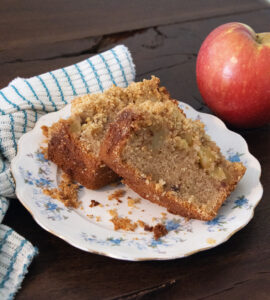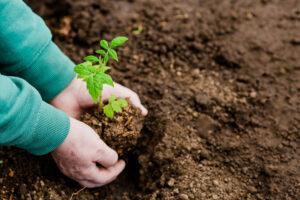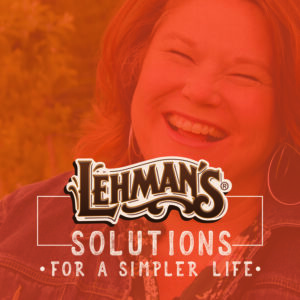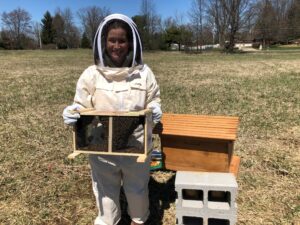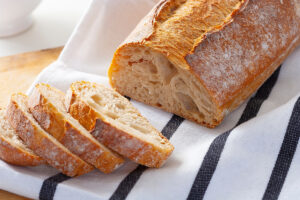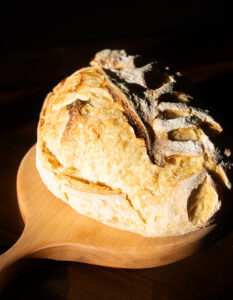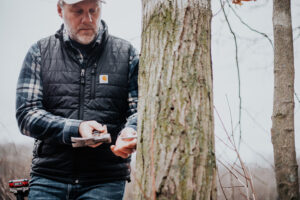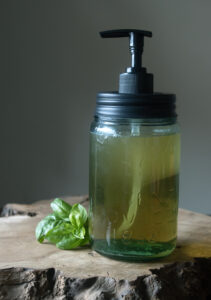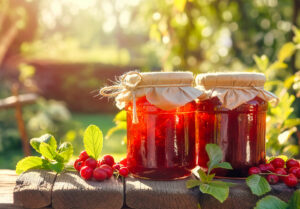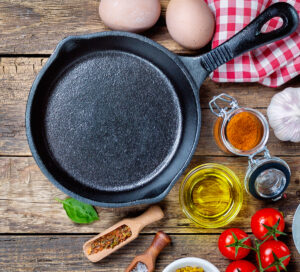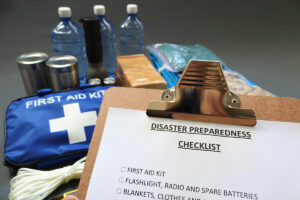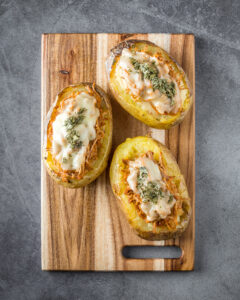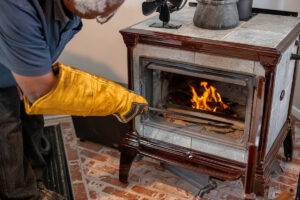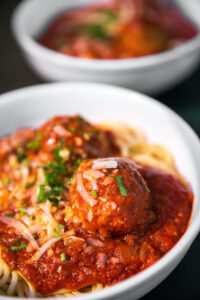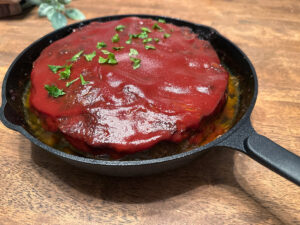Liquid soap is a staple in every household, but did you know you can make your own with just a few ingredients? Not only is DIY liquid soap cost-effective, but it also allows you to control what goes into your soap—perfect for those who prefer natural and skin-friendly products.
In this guide, I’ll walk you through a super simple way to make liquid soap at home using the “hot process” method in a slow cooker.
The “hot process” method involves cooking the ingredients to speed up the saponification process, which allows you to use the soap right away, versus waiting for it to cure for weeks.
We will be making liquid soap using a blend of olive oil, coconut oil, and castor oil. The recipe below uses only a few ingredients, but if you want to create your own recipe, you can! Remember, you will need to run it through a soap calculator online to make sure you get the right ratios of lye to oils for your soap. If you change the amounts or types of oils, the lye amount will change.
Handmade Liquid Soap Ingredients
- Olive oil: 65% (325g, 11.46 oz)
- Coconut oil: 25% (125g, 4.4 oz)
- Castor oil: 10% (50g, 1.76 oz)
- Distilled water: 112.8g, 3,98 oz
- Vegetable Glycerin: 113.3 g, 4 oz
- Potassium hydroxide (KOH 90% purity): 113.16g, 3.99 oz
- Essential oils (optional) or fragrance oils – 30-50 drops or so
- Additional Distilled Water for Diluting the Soap paste. 4 quarts or approximately 4 liters
Equipment:
- Slow cooker: a smaller one is best for this recipe
- Digital scale
- Heat-resistant mixing utensils
- Immersion blender
- Digital Kitchen Thermometer
- Personal Protection Safety gear (gloves, goggles, long sleeves)
Instructions for Making Hot Process Liquid Hand Soap:
- Work in a well-ventilated space. Lye when mixed with water will create some fumes. Make sure you have good ventilation and wear your safety protection equipment (goggles, gloves, long sleeves and a mask.)
- Measure your ingredients: Using a digital scale, weigh the olive oil, coconut oil, and castor oil. Put the measured oils in the slow cooker and heat to 165F degrees. Melt your hard oils (coconut oil, in this case) beforehand to speed up the process.
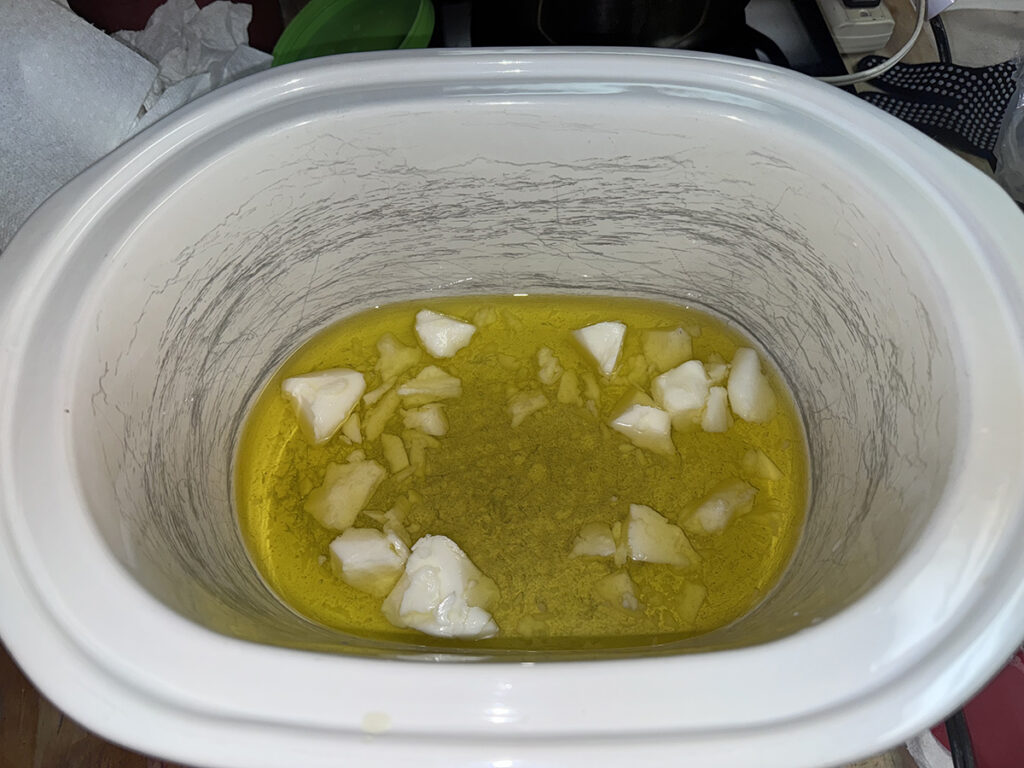
- Prepare the KOH lye solution: In a well-ventilated area, and while wearing your protective equipment, measure out the lye in a container. Next, measure out the distilled water. CAREFULLY and SLOWLY add the potassium hydroxide to the distilled water, stirring until dissolved. (Important: ALWAYS mix lye into water, NEVER water into lye!) Be careful, this solution will become very hot. Allow it to cool to about 160°F degrees.
- Combine oils and lye: When both the oils and lye solution reach about 165°F), carefully pour the lye solution into the slow cooker with the oils. Take your immersion blender and submerge the head under the oil and lye mixture. Tap it a few times to get the air bubbles out. Next, add the glycerin.
- Mix up the soap: Turn on your Immersion blender and start mixing the soap batter. Keep the head of the mixer under the surface of the batter as much as possible to prevent splashing. Remember, at this point, the soap is still caustic and can burn skin! The batter will start to thicken up. First it will be like gravy, then applesauce and then instant mashed potatoes. Once you get to the potato stage, you can stop mixing an move to the next step.
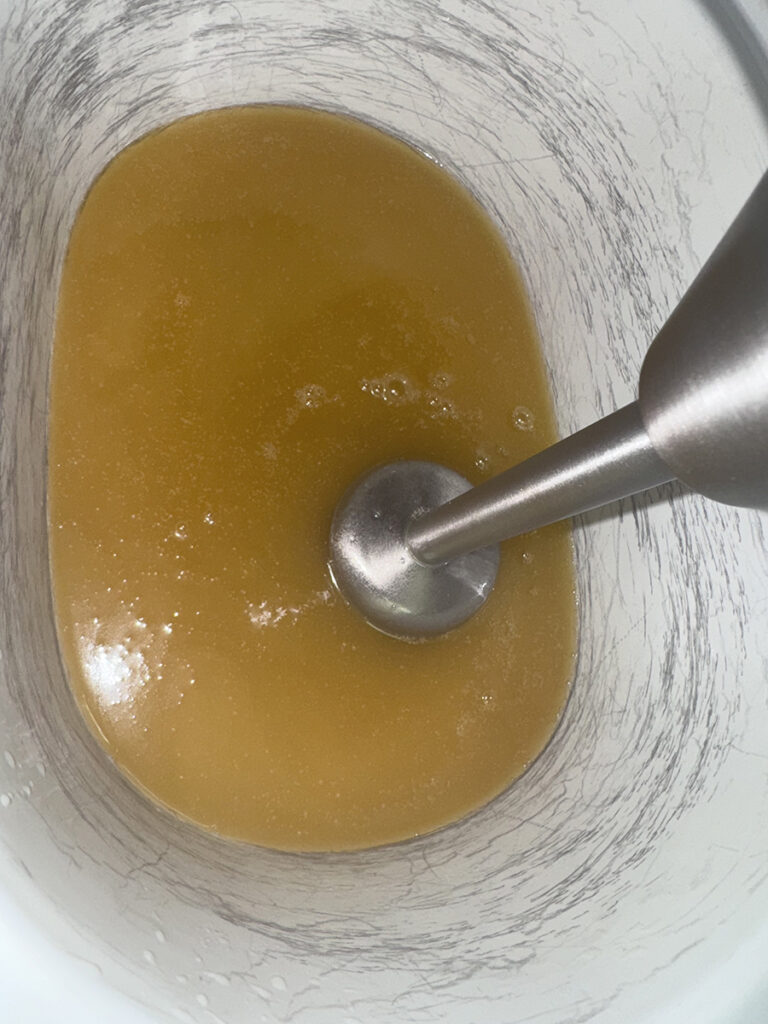
- Cook the soap: Place the cover on the slow cooker and cook the soap on low heat for 30 minutes to 2 hours, stirring every 30 minutes. Once the mixture starts to look glossy and translucent like petroleum jelly, it’s about done.
- Check for doneness: Now you need to check to see if the saponification if finished. You can either check this by using a pH strip or by a clarity test. If using a pH strip, make sure it is between 6-10. If you don’t have pH strips, you can do a clarity test. Take a small container and add a bit of hot water. Dissolve a little soap paste in the water. If the water is clear, then your soap paste is done.
- Cool and dilute: Allow it to cool slightly before diluting it with distilled water. Add a small amount of water into the slow cooker while stirring until you reach your the consistency you want for your containers. It took about 2 full quarts to dilute this batch of soap paste.
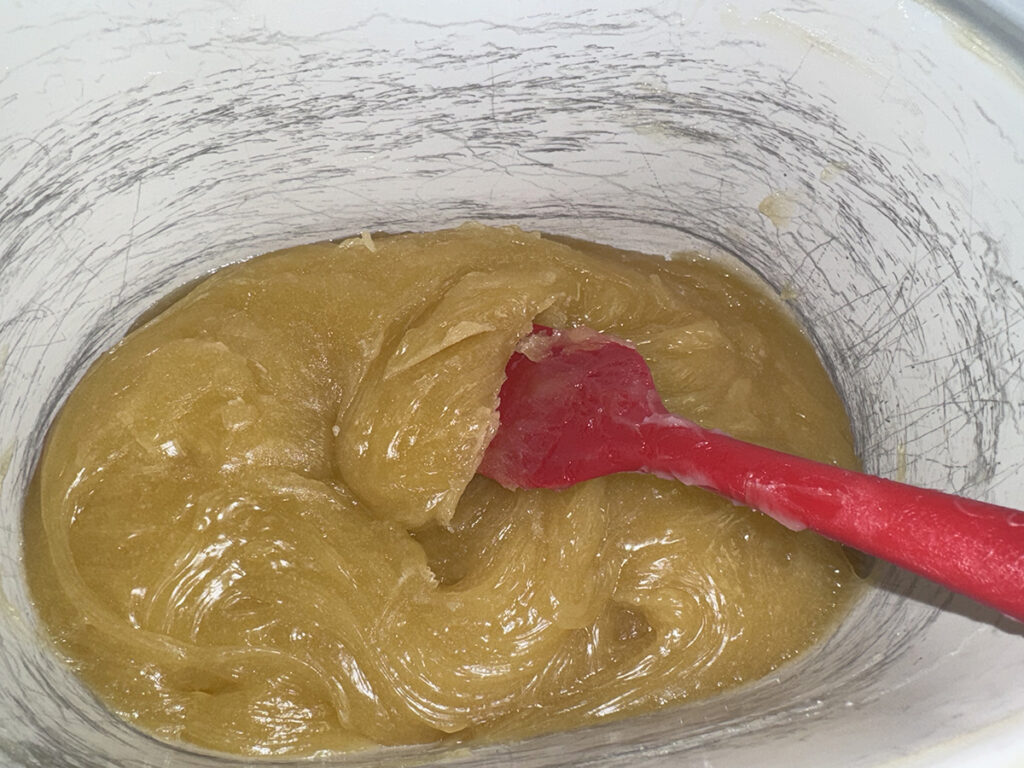 Add fragrance (optional): If desired, add essential oils for fragrance. Stir well to combine. If you aren’t sure how much to use, check the IFRA fragrance usage rate with the fragrance manufacturer.
Add fragrance (optional): If desired, add essential oils for fragrance. Stir well to combine. If you aren’t sure how much to use, check the IFRA fragrance usage rate with the fragrance manufacturer.- Use your soap! Store the liquid soap in clean, dry bottles or containers. Allow it to cool completely before use. It will thicken as it sits. You may find you want to dilute it further, if the mixture is too thick. Since this soap went through the “hot process” method, it can be used immediately!
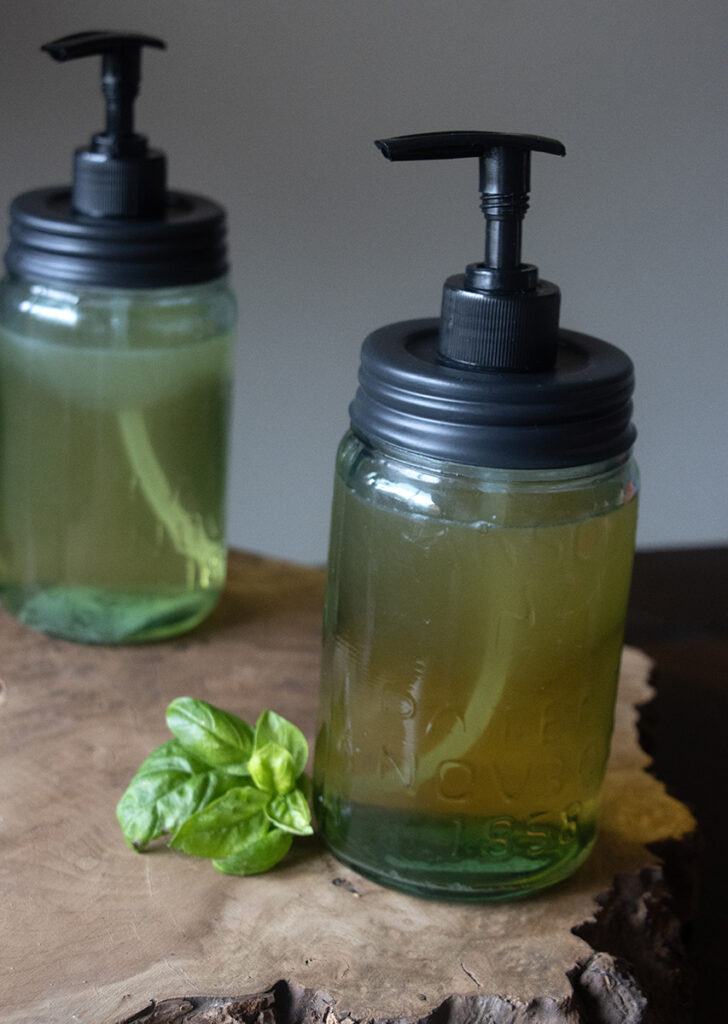
Making liquid soap at home is easier than you think! With this simple recipe, you can create a natural, budget-friendly soap that’s perfect for everyday use. Try experimenting with different soap bases and scents to find your perfect blend!
Editor’s Note: Looking more natural liquid soap recipes? Check out this book.


